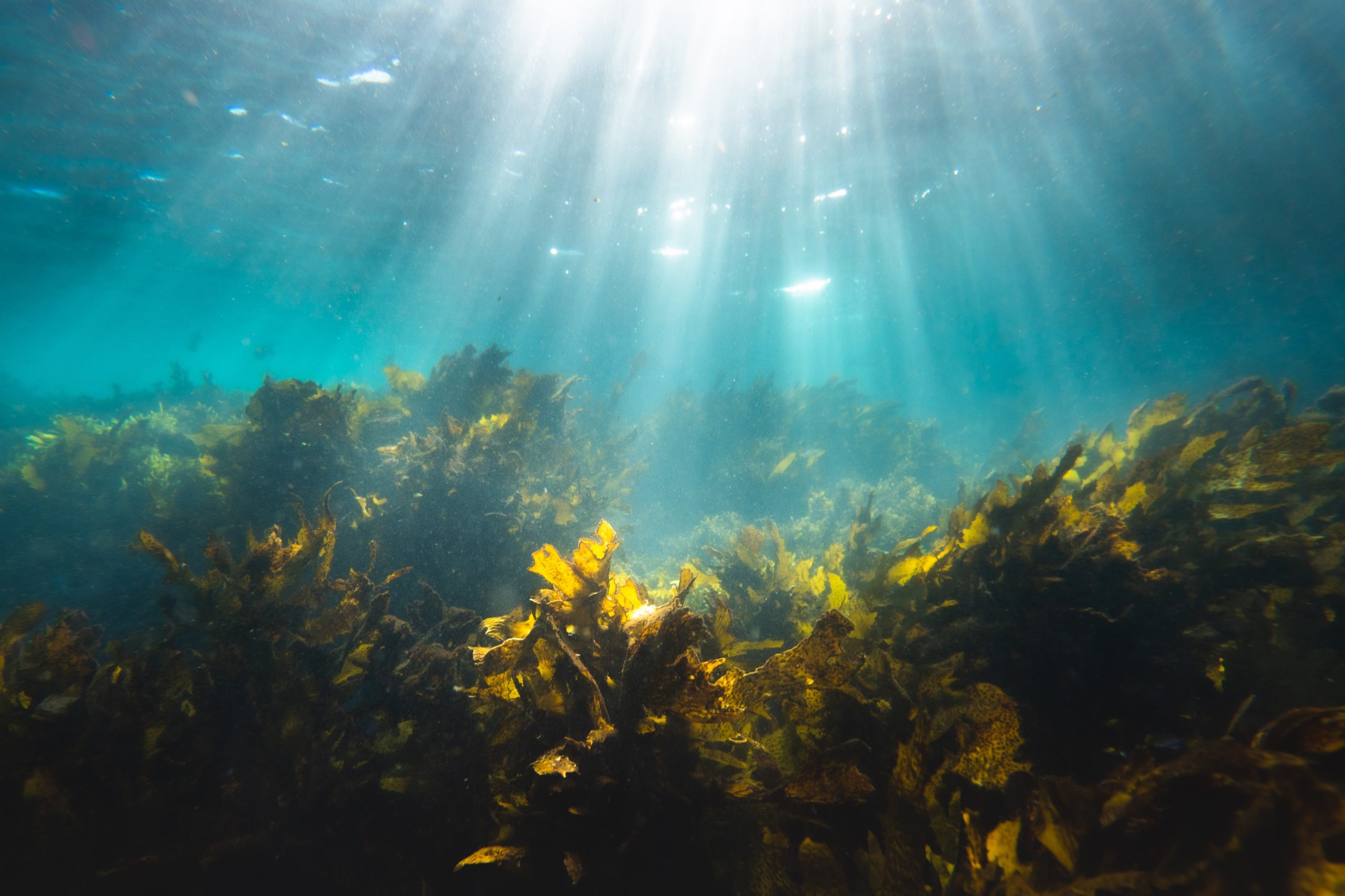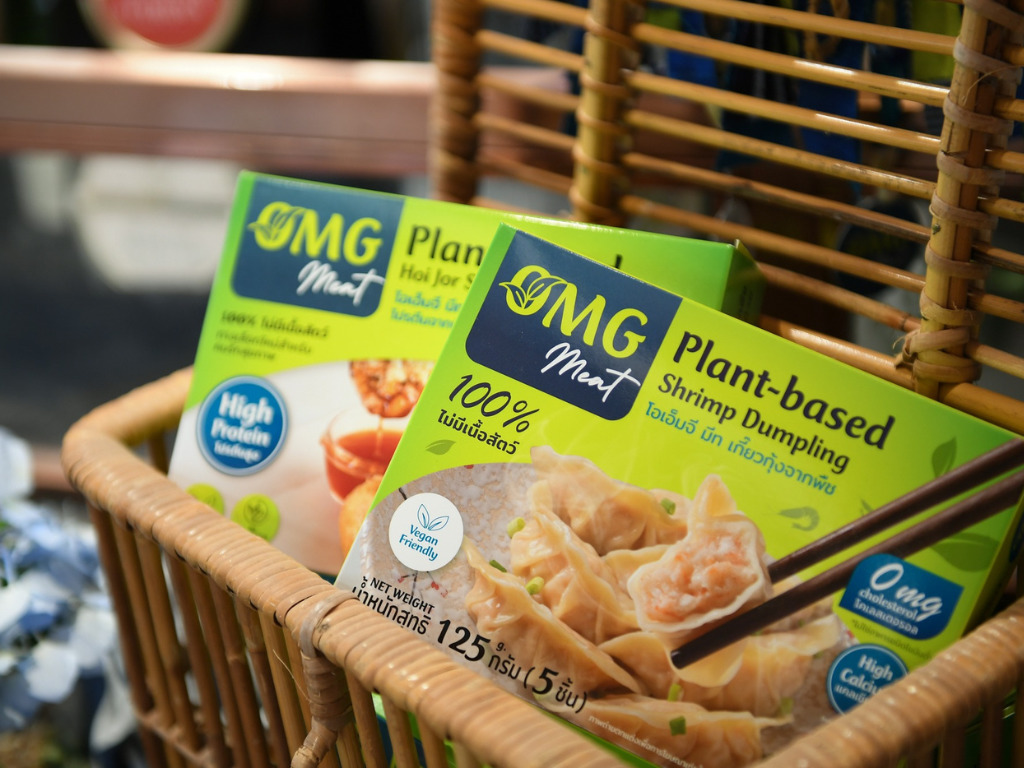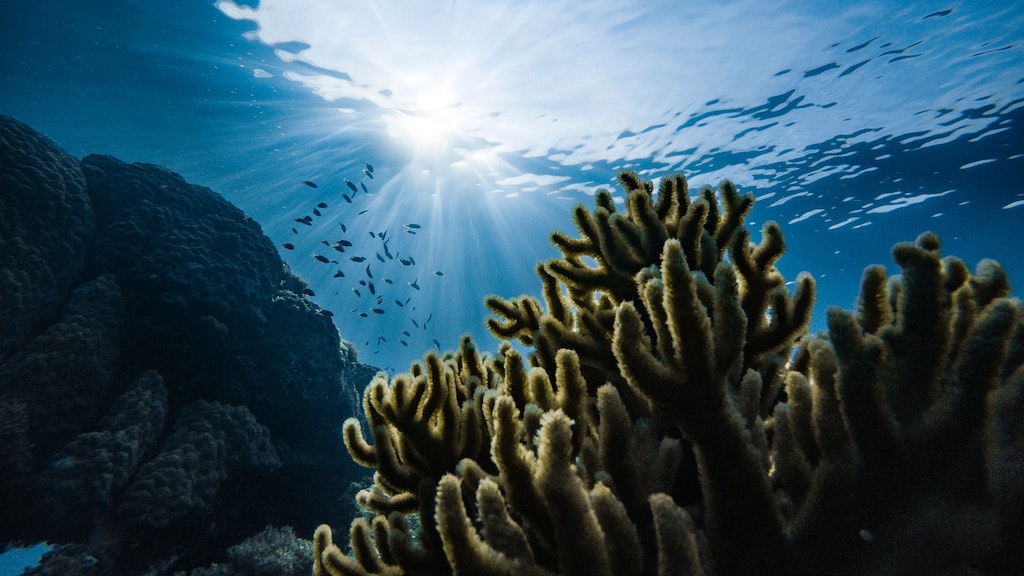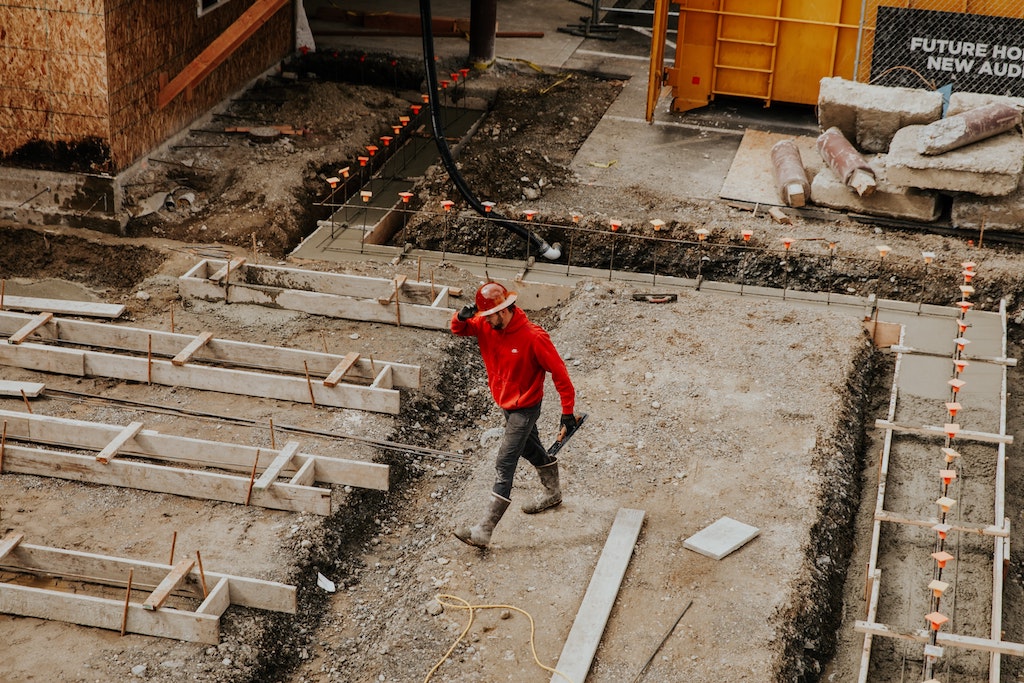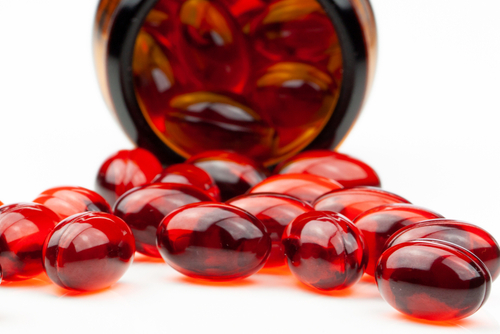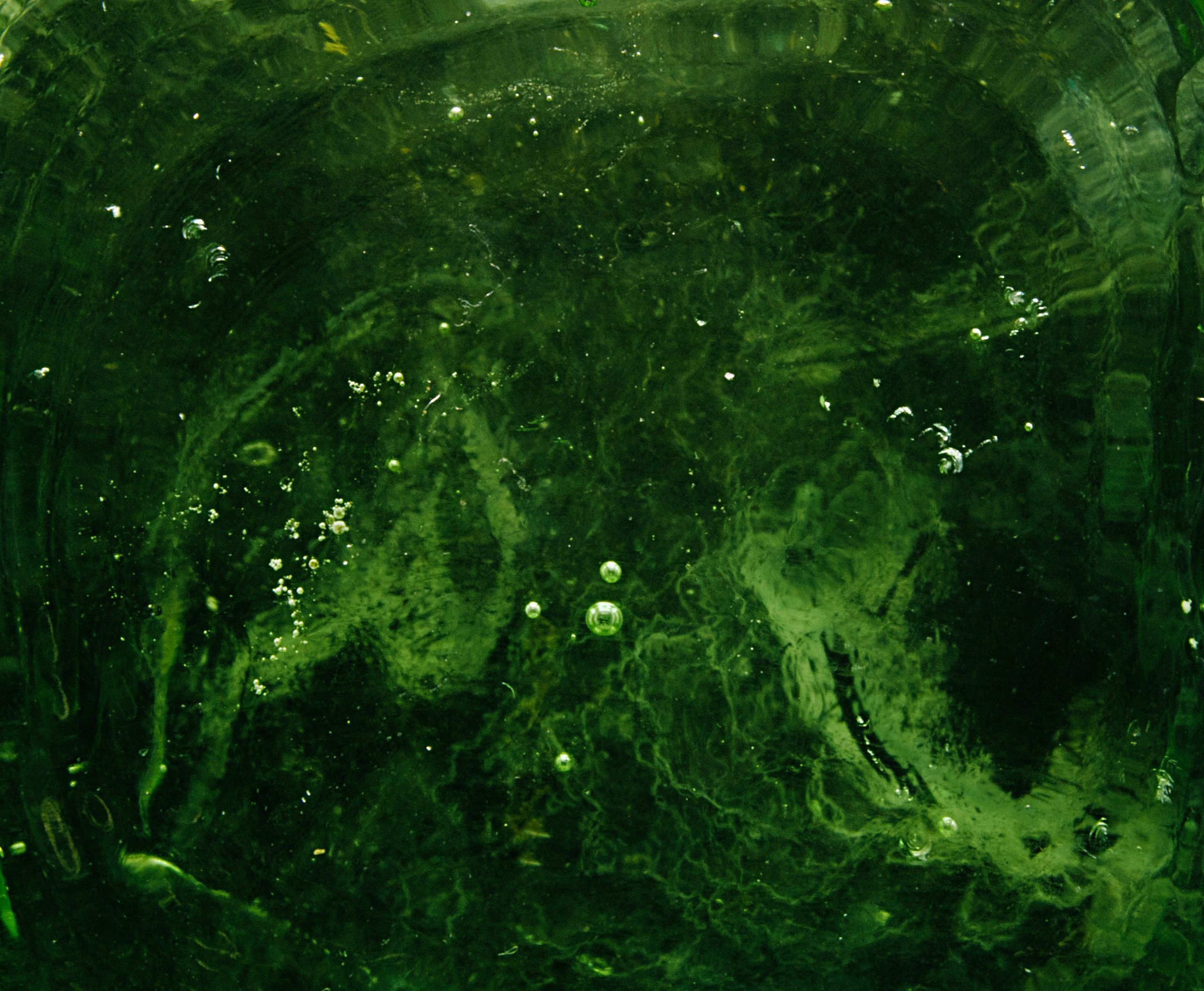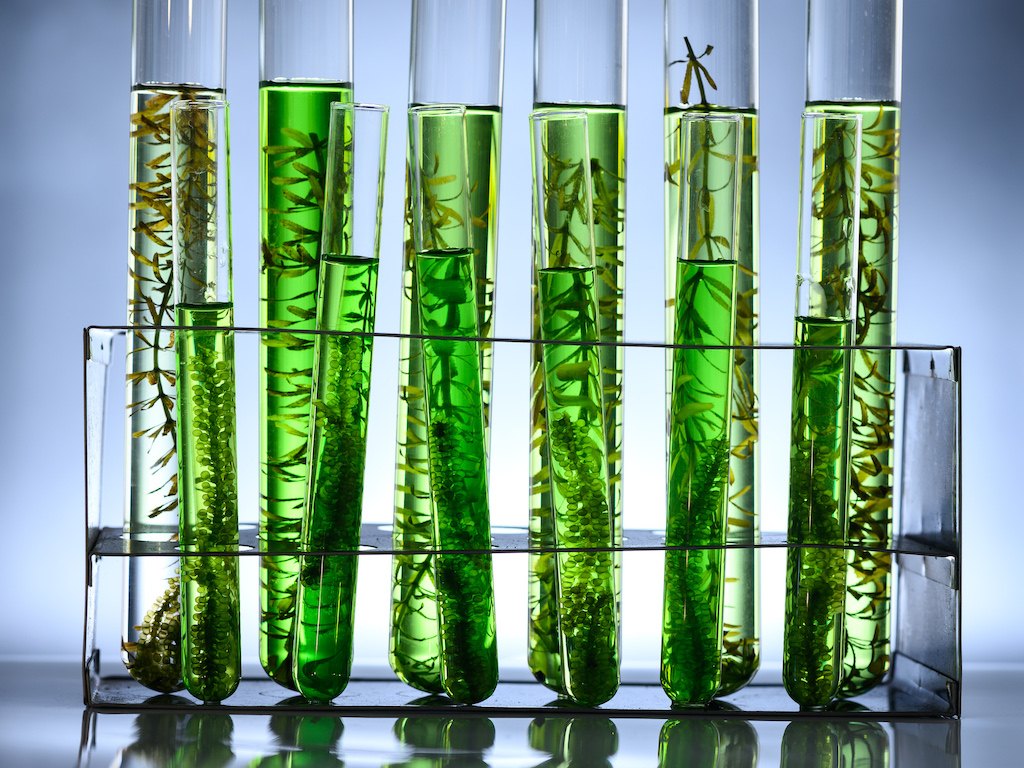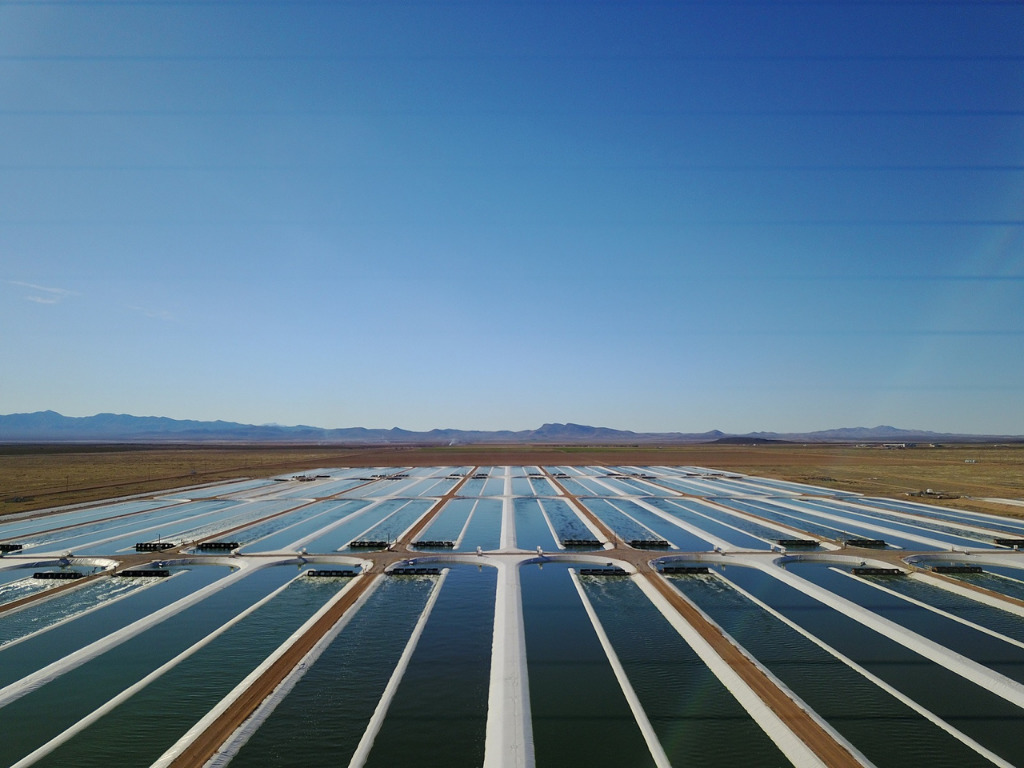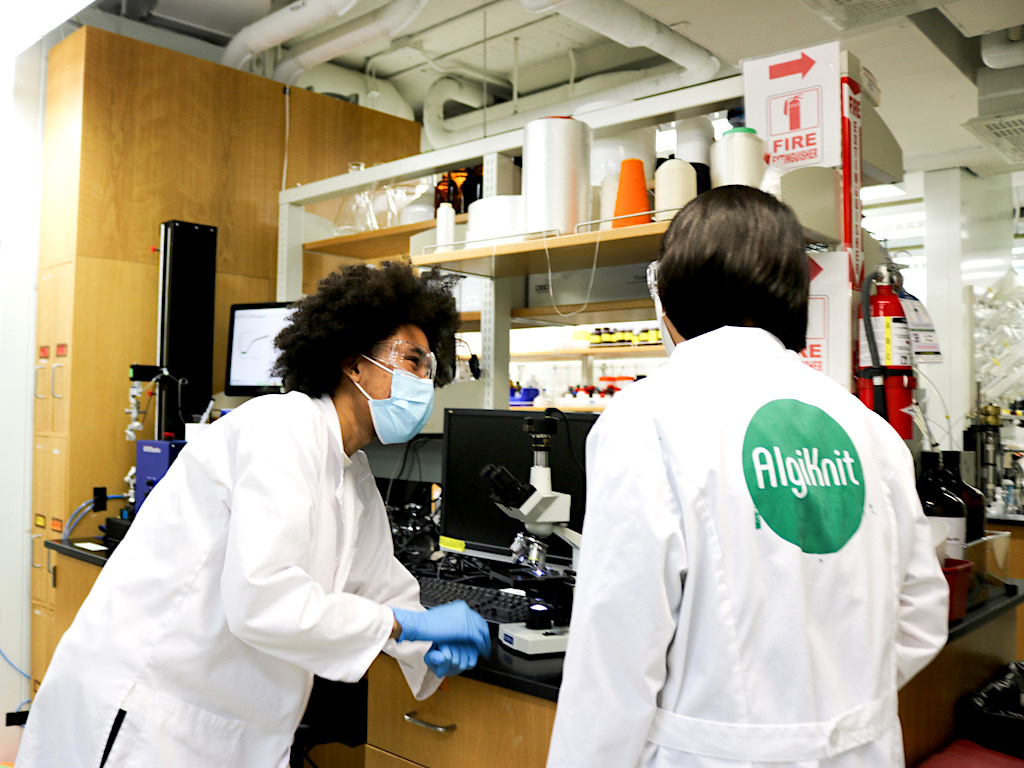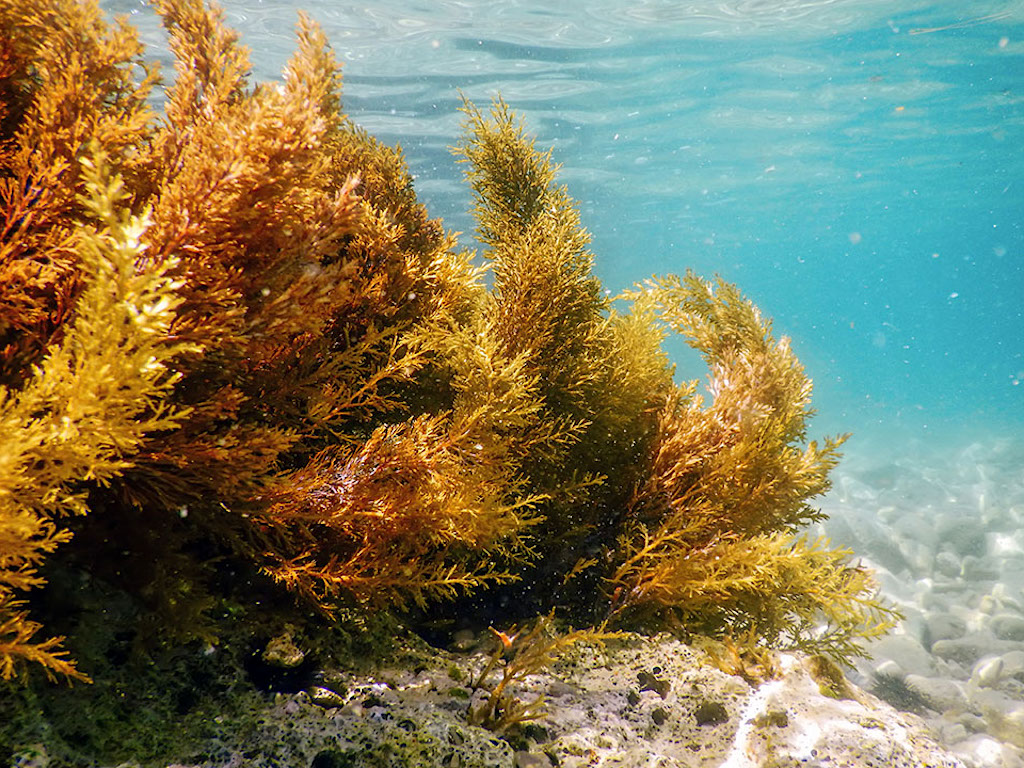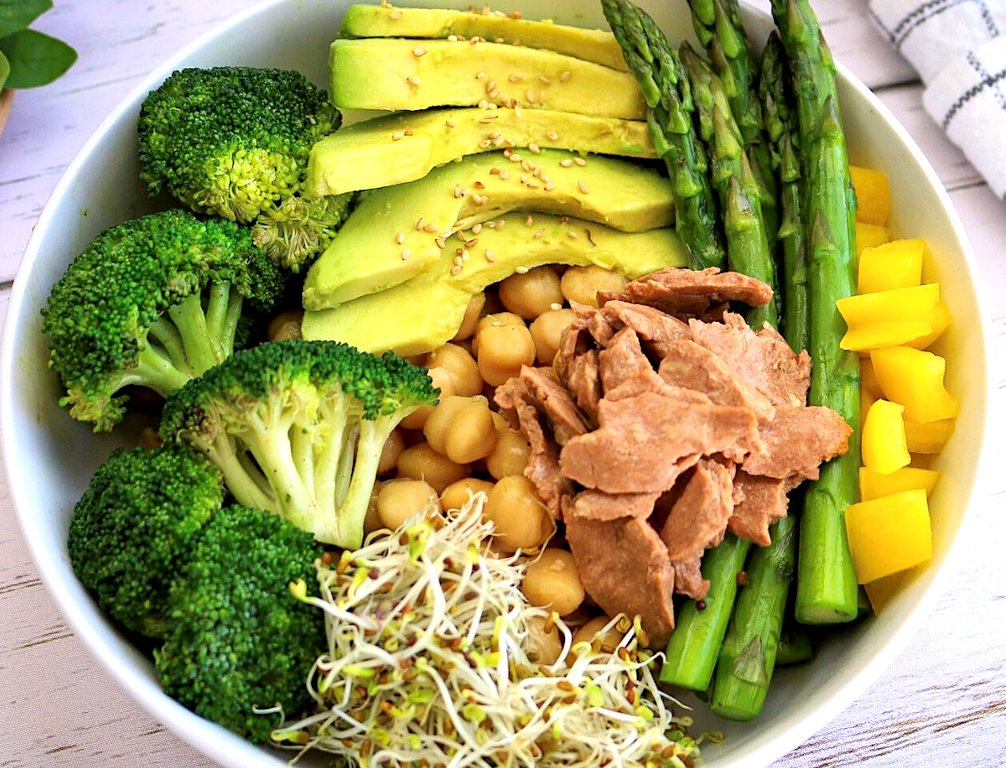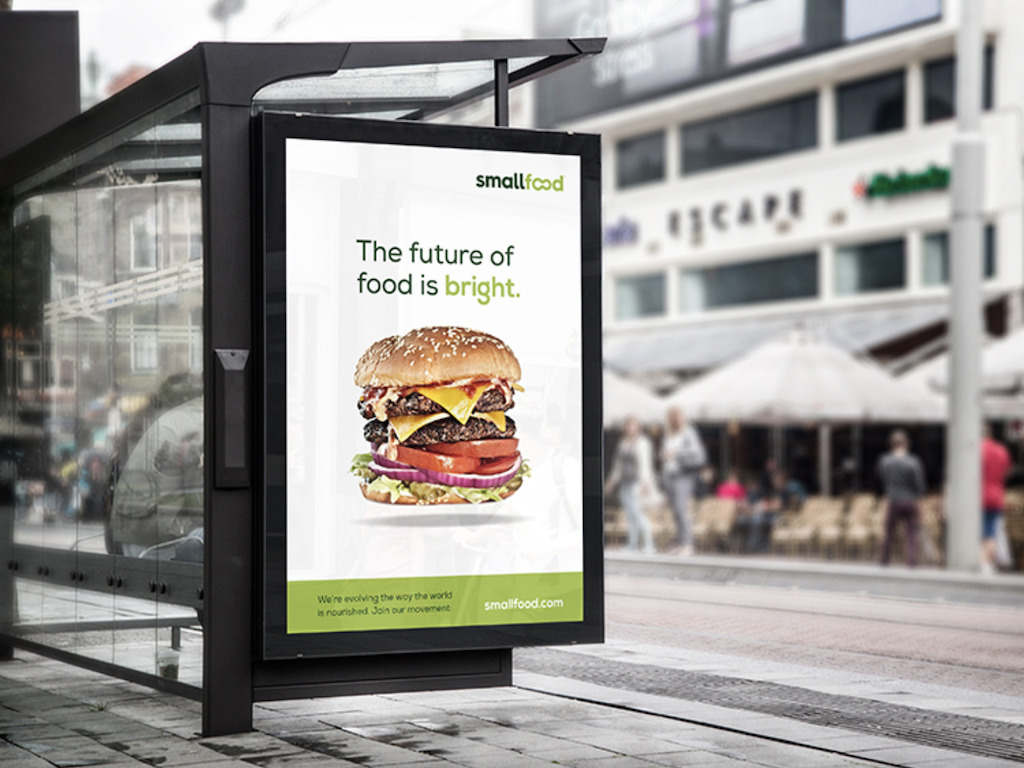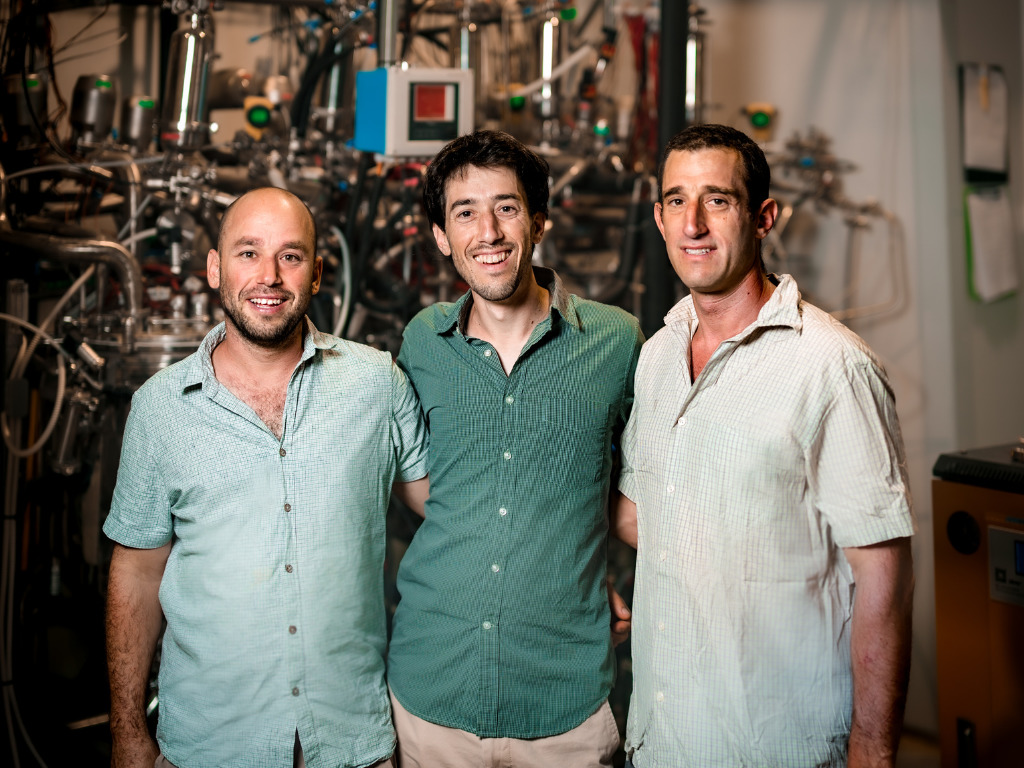
Israel-based microalgae-focused alternative protein company Brevel has recently concluded an $18.5M Seed funding round.
The new funding is earmarked to boost the mainstream food industry with what Brevel says is a novel, highly sustainable, affordable, and functionally adaptable protein. The fundraising round was led by NevaTeam Partners and received backing from the European Union’s EIC Fund, alongside an array of food, climate funds, and strategic food industry partners.
Sustainable nutrition for the future
“This substantial funding round will fuel Brevel’s journey forward and pave the way for our vision of sustainable nutrition for the future of our planet to materialize,” Yonatan Golan, CEO and Co-Founder of Brevel, said in a statement.
Brevel’s technology integrates sugar-based fermentation of microalgae with potent light concentrations on an industrial scale. It has developed a protein that can be easily adopted by food manufacturers into plant-based products. Brevel says there’s an increasing demand for its protein from food manufacturers for use in a multitude of applications.
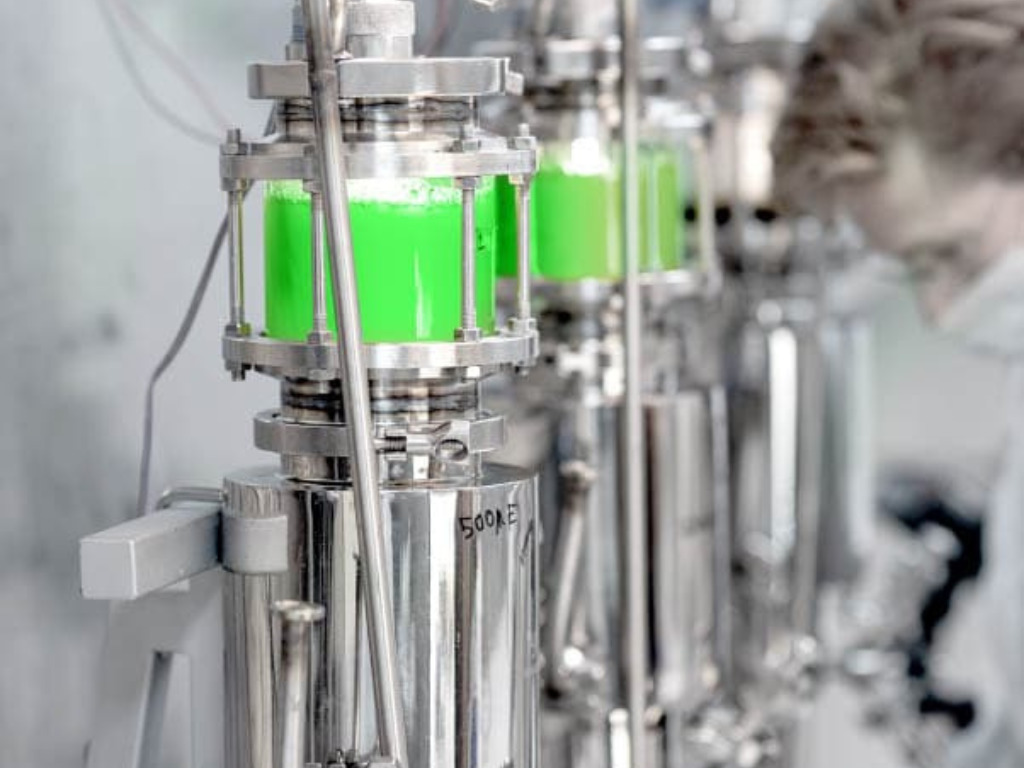
“Having followed Brevel’s impressive developments and achievements in recent years, we believe that Brevel will be one of the leading companies in the global alternative protein industry and we are excited to join their journey towards that goal,” said Shai Levy, Managing Partner at NevaTeam Partners. We believe that Brevel’s innovative technology enables the cost-efficient production of high-quality protein extracted from microalgae, which is crucial for the future of sustainable food production.”
The company says it is predominantly targeting the dairy alternative sector that struggles with protein content. Brevel says it can offer a competitive edge over other plant-based protein sources, such as soy, which exhibit allergenic properties and are often associated with overwhelming flavors, making them less ideal for plant-based milk and cheese products.
‘An ambitious company’
Brevel says it can achieve price parity with more traditional plant-based protein sources like soy and pea and triple profitability from microalgae over other sources.
“We identified Brevel as an ambitious company with breakthrough technology which can provide significant impact,” said Svetoslava Georgieva, Chair of the EIC Fund Board. “After the Horizon 2020 non-dilutive grant, the EIC Fund made the decision to further support and join Brevel with an equity investment in their journey towards a sustainable future.”
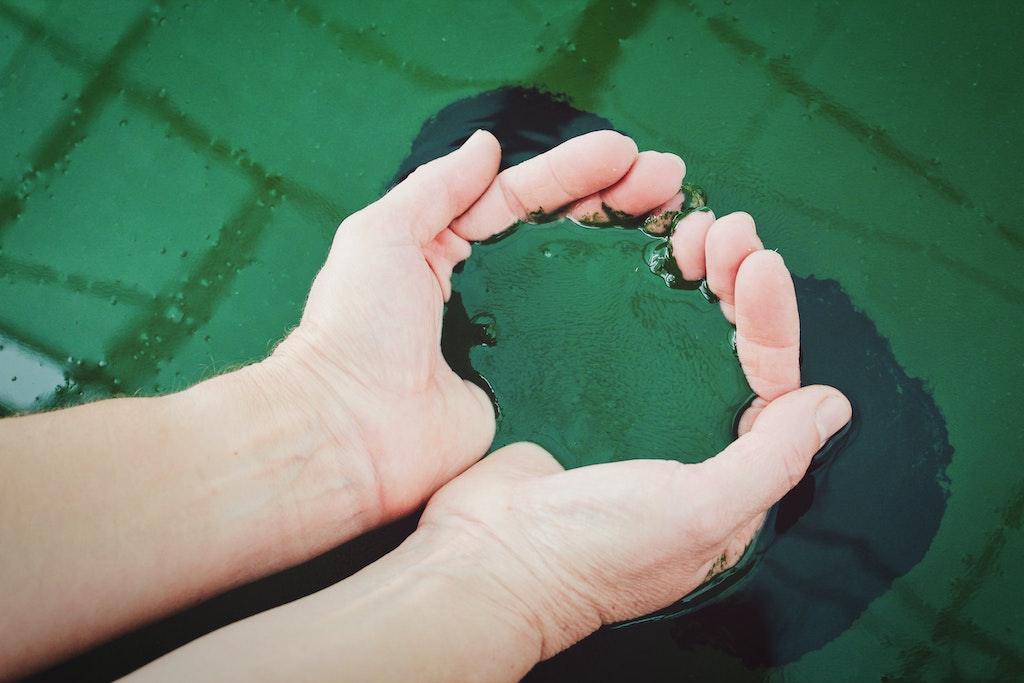
Part of the company’s forecasted success is in its minimized environmental impact; microalgae are not influenced by weather fluctuations, climate change, or seasonal variations, Brevel says, and they don’t require fertile land. The company’s processes enable full water recycling, utilize on-site clean energy, and can feed the world with a fraction of the land currently employed for traditional agriculture. Currently operating a large-scale 500-liter pilot in Israel, Brevel is transitioning into its first commercial-scale factory equipped with a pioneering 5,000-liter fermentation and light system.
“We are primed and ready for our next major leap,” said Golan, which is the global scale production of Brevel’s protein that will be integrated into “healthier, tastier, and environmentally friendly food products in every household.”
The post $18.5M Seed Funding Propels Brevel’s Scalable Microalgae Protein first appeared on Green Queen.
The post $18.5M Seed Funding Propels Brevel’s Scalable Microalgae Protein appeared first on Green Queen.
This post was originally published on Green Queen.
